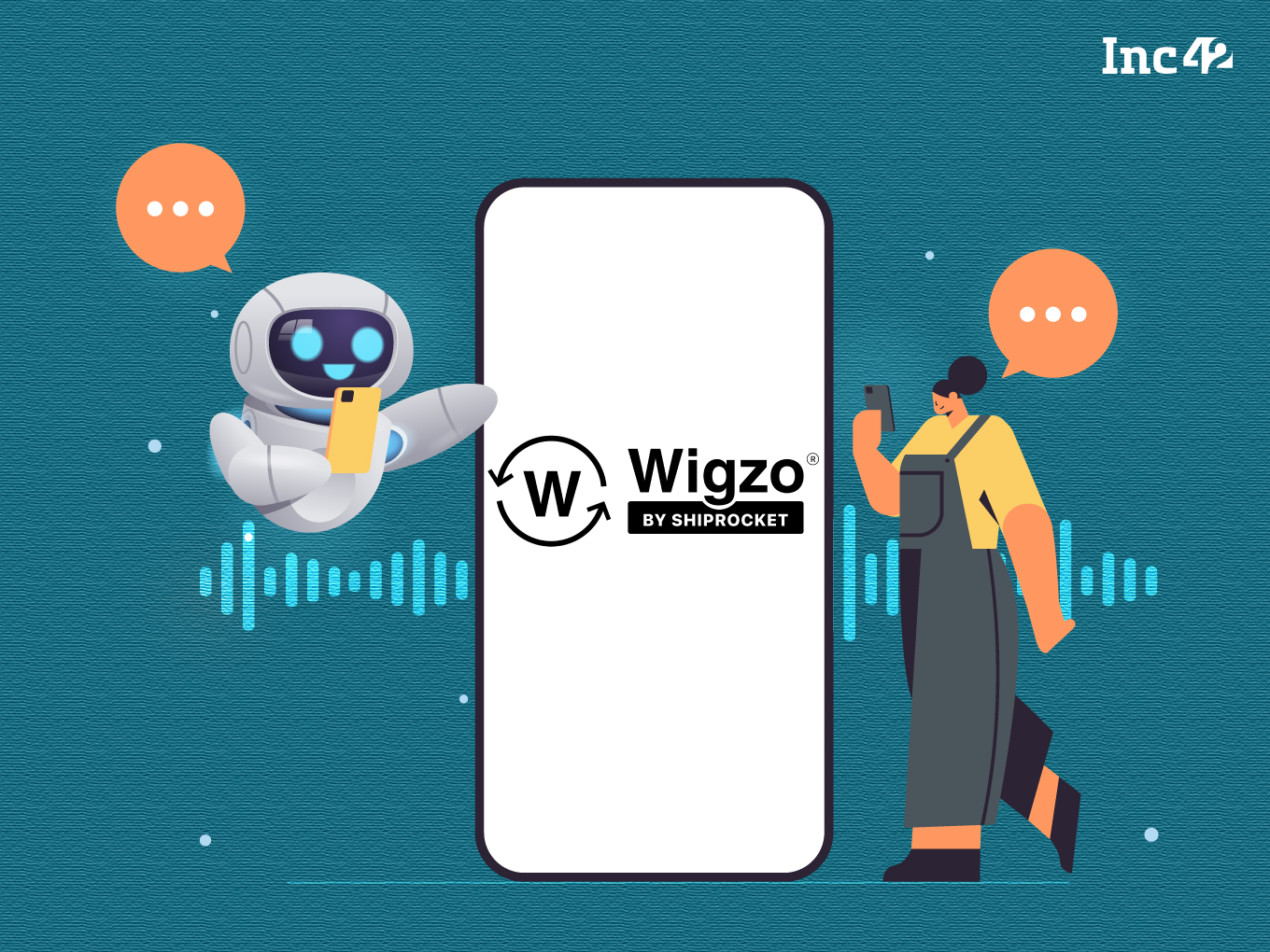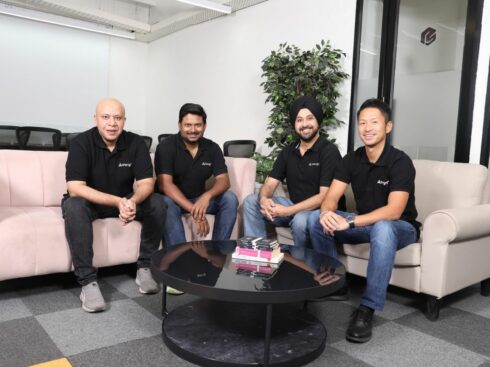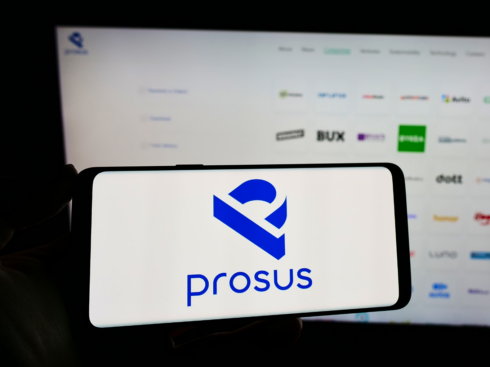SUMMARY
Gen Z consumers show greater affinity for marketing channels such as chatbots and conversational commerce rather than old-school emails and SMS
Mart tech platforms such as Wigzo by Shiprocket believe that D2C brands need to integrate cutting-edge automation in their conversational commerce stack to ease customer segmentation and map journeys
Integrating with channels that offer immediate customer support resolutions can drive upselling as well as reduce returns, while also bringing feedback to iterate on products
With each new generation of consumers, marketers had to evolve and adapt to new channels of speaking to these consumers. From cold calls to snail mail to emails and then SMS — marketing communication has become more direct as consumer brands have matured and become digital natives.
And with Generation Z (Gen Z) about to become THE significant consumer base in the next 10-15 years, brands are now embracing conversational commerce and marketing as a way to cut through the clutter and be more direct.
From a marketing strategy standpoint, conversational commerce is the perfect fit for new-age brands to reach Gen Z consumers — not just because of the digital-native nature of the audience, but also because younger consumers have a high affinity for conversational commerce on WhatsApp and other channels.
From a consumer standpoint, the immediacy of conversational commerce creates a delight factor for new-age consumer brands since conversational commerce is all about personalisation, effective targeting and building brand loyalty.
Marketing platform wigzo
The conversational commerce wave stems from the fact that new-age consumers expect instant responses and brands can today leverage AI to provide personalised and quick assistance whether it is for product recommendations or solving customer queries.
Customer Personas & Journey Mapping: Key To Conversational Commerce Success
Of course, with a plethora of solutions in the market to enable conversational commerce, brands are often lost in a sea of options. It can be hard to narrow down the right platform, but one of the ways that the startup is looking to stand out is through AI-powered cohort analysis for smarter segmentation and journey mapping of any customer who visits the storefront.
Personalisation is critical to attracting Gen Z consumers as a majority of them expect curated experiences in the shopping journey. Conversational commerce, whether through chatbots or social media, allows brands to gather valuable data to fuel these hyper-personalised experiences, ultimately forging stronger customer relationships.
Segmentation is key to personalisation and brands will have to leverage real-life data to create customer personas that bucket customers by unique characteristics. This data can be collected across touchpoints both online and offline and fed into a marketing platform’s engine, like Wigzo by Shiprocket.
The platform then consolidates unique customer profiles that fit a particular persona for hyper-personalised recommendations, discounting and more.
Its AI-powered cohort analysis helps brands segment their customer base and implement targeted marketing campaigns to boost conversion rates and lower cash burn for specific cohorts.
Building customer personas also help brands in mapping customer journeys to identify drop-off points and reduce bottlenecks to enhance their shopping journey. This means a brand can track a user from product discovery to the checkout page and intervene at the right times to reduce cart abandonment or exits.
Understanding Gen Z Consumer Behaviour
Of course, the first few steps in the conversational commerce journey are fairly tech-driven, but brands cannot afford to automate everything. The communication and treatment still have to appeal to the audience and this is particularly tricky for Gen Z audiences who have a rapidly evolving vocabulary and broad cultural affinity.
Therefore, content needs to be meaningful for the particular target. It’s also important to keep track of trending memes and terms to pull in Gen Z audiences from the fringes of a brand’s desired target audience.
To connect with them on these aspects, brands can adopt an authentic and relatable tone in their social media content and leverage user-generated content, influencers and real-life experiences to create a sense of relatability.
If we take the example of food or beauty brands, we know that Gen Z audiences prize values such as clean manufacturing, sustainability, low carbon footprint, zero-plastic approach and others.
These values need to be positioned front and centre by brands to connect with consumers on a psychometric level, rather than simply playing the price and discounting game. Leveraging social media channels such as Instagram, Twitter and Facebook to create stories and narratives will naturally draw attention to the brand, and conversational commerce is the factor that helps retain these customers.
Formats such as short videos or trend-based posts encourage Gen Z consumers to actively engage with a brand’s social media presence, and this creates a network effect that is hard to replicate through traditional marketing.
Influencer-driven engagement is another facet of the modern digital marketing stack that resonates with younger or Gen Z users and there is no shortage of influencers. So choosing influencers that have a significant following among Gen Z consumers is key for new-age brands targeting this cohort.
Influencer marketing platforms such as ClanConnect, Winkl, Kofluence among others offer brands a window into which influencers are best suited to reach their particular cohort.
Brands can also now integrate conversational commerce tools into their social media to capitalise on the eyeballs that influencers bring to their social media pages. For instance, they can integrate chatbots or messaging apps into their social media profiles, apps and websites allowing Gen Z shoppers to ask questions, seek product recommendations or shop without leaving the platform.
Wigzo’s Conversational Commerce Stack
New-age brands can no longer afford to ignore conversational commerce as most legacy brands have also implemented these features into their marketing stack. But personalising the customer journey over WhatsApp and other instant messaging channels has come as a godsend for brands targeting Gen Z consumers.
This will allow the brands to instantly solve Gen Z customer queries and issues, and retain an edge over slow-to-move traditional brands.
Wigzo by Shiprocket’s WhatsApp chatbot can help with new launches or product expansion, that’s when customers have most questions. Quickly addressing these pain points through conversational commerce is key in driving success for the new products. This reduces much of the higher marketing costs associated with product expansion and drives customer engagement.
WhatsApp integration also allows customers to check their past purchases quickly without hunting for the correct page in the app or website. Besides, they can reorder their favourite products or sign up for subscription-based services with greater ease.
From seamless onboarding to product discovery to post-purchase conversations with customers — WhatsApp chatbots can manage the journey end-to-end and can be customised as per each customer’s persona. For instance, real-time messages on the order status can also reduce product returns and thereby control logistics costs for the brand.
Besides this, brands can leverage Wigzo by Shiprocket’s customer data platform (CDP) to send automated transactional messages, updates, and product recommendations based on past purchases and reminders to segmented users.
Brands can increase their average order value (AOV) by sending complementary product recommendations to the customers on WhatsApp before the checkout and increasing the revenue it gets from each customer.
In addition to that, post-purchase engagement is also critical — from the point of view of word-of-mouth marketing and creating delight. Brands can leverage WhatsApp bot to provide round-the-clock customer support and seek feedback to carry out product development research.
Here’s a case in point: D2C nutrition brand Power Gummies wanted to increase its conversion rate on its website and was seeking a partner to help it create hyper-personalised campaigns for better engagement and reach.
The brand partnered with Wigzo by Shiprocket and leveraged its tech capabilities to target customers on every customer touchpoint — from SMS, email to WhatsApp. It also used Wigzo by Shiprocket to send targeted onsite and offsite push notifications to users who visited its website.
In fact, WhatsApp became one of the most crucial channels in its marketing strategy. Power Gummies leveraged WhatsApp to send product updates, personalised offers, payment reminders and more. Through WhatsApp, Wigzo by Shiprocket claims that the brand was able to achieve a conversion rate of 4.58%.
Overall, Wigzo by Shiprocket said that an omnichannel marketing approach helped Power Gummies register a 53% increase in transactions and a 42% increase in revenue between September 2021 and August 2022.
Similarly, leather goods brand Hidesign which specialises in manufacturing shoes and bags experienced an average of 16% increase in its conversion rate after collaborating with Wigzo by Shiprocket in 2022. This, in turn, coupled with other factors, contributed to the growth of its revenue by 48% by leveraging Wigzo by Shiprocket’s WhatsApp integration.
Will Generative AI Disrupt Conversational Commerce?
Gen Z is perhaps the most digitally native of the key audience segments for consumer brands today. It’s only natural for new-age D2C brands to focus more significantly on technology as this can be a differentiating factor beyond just creating great products.
Simply put, while D2C brands might have perhaps found an insight to create better products than existing players, they still need to stand out more by using cutting-edge tech for marketing and driving repeat sales.
For instance, social media giant Snap’s 2022 report claims that 95% of Gen Zers, including those in India, would like to use augmented reality for shopping online, as this replicates the in-store experience to a certain degree. Gen Z users show a similar propensity for trying out emerging platforms and technologies.
The proliferation of generative AI tools and software has opened up new avenues for conversational commerce, especially if the goal is to drive personalised experiences. Even as they focus on conversational commerce today, D2C brands also need to keep an eye out for what’s coming next and use tech applications that align with their objective of reaching Gen Z consumers.
Marketing tech platforms such as Wigzo by Shiprocket and others of its ilk focus on how to best leverage this technology so that D2C brand builders can focus on the business and the audience.



























